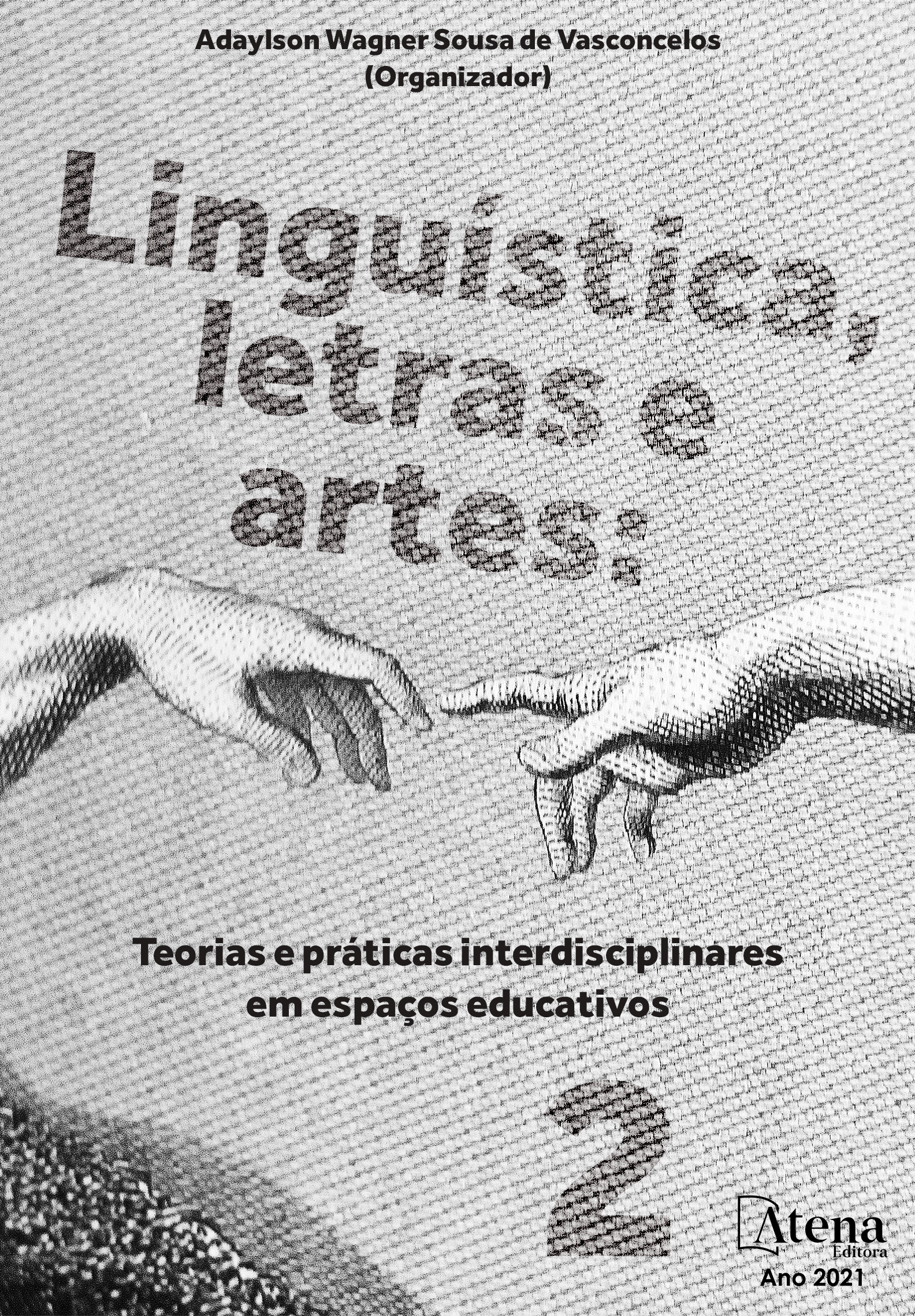
CANTORIA: A PELEJA DA CULTURA POPULAR E DAS IDENTIDADES
O presente texto objetiva estudar a arte popular da cantoria a partir do recorte da Associação dos Trovadores e Violeiros da Região do Sisal- ASTROVERES. A cantoria traz em si a vertente oral das práticas musicais da poesia e cultura popular, performatizada nas simbologias da viola, no timbre das vozes e em cada nota tocada, marcas da expressividade e teatralidade dos cantadores. Já os representantes dessa manifestação cultural transitam entre as qualidades de improvisadores, homens do campo e poetas cartógrafos. Para tanto, aborda-se, a partir da metodologia de observação pela Etnografia e seu conjunto de técnicas, as categorias cultura popular e identidade em um debate necessário para entender como, quando e como fluem os processos de formação das figuras identitárias. O aporte teórico será pautado nas discussões de Luís Câmara Cascudo (1970), Marilena Chauí (2009), Stuart Hall (2003), Elba Ramalho(2001), Suely Rolnik (1997), João Sautchuk (2012), dentre outros.
CANTORIA: A PELEJA DA CULTURA POPULAR E DAS IDENTIDADES
-
DOI: 10.22533/at.ed.90721200915
-
Palavras-chave: cantoria, cultura popular, identidade
-
Keywords: singing, popular culture, identity
-
Abstract:
The text aims to study the popular art of singing from the clipping of Sisal’s Troubadours and Improvisators Association – ASTROVERES (acronym in Portuguese). Singing brings in itself the oral aspect of the musical practice of poetry and popular culture, and it is performed in the symbology of the viola. In the timbre of voices and each note played, it is a mark of the singers’ expressiveness and theatricality. The representatives of this cultural manifestation, on the other hand, move between the qualities of improvisers, rural men, and cartographers. Thus, based on the methodology of observation by Ethnography and its set of techniques. Popular culture and identity are approached in a debate necessary to understand how, when, and how the formation processes of identity figures flow. The theorical contribution will be based on the discussions of Luís Câmara Cascudo (1970), Marilena Chauí (2009), Stuart Hall (2003), Elba Ramalho(2001), Suely Rolnik (1997), João Sautchuk (2012), among others.
-
Número de páginas: 15
- Hadson Bertoldo Sales Lima


